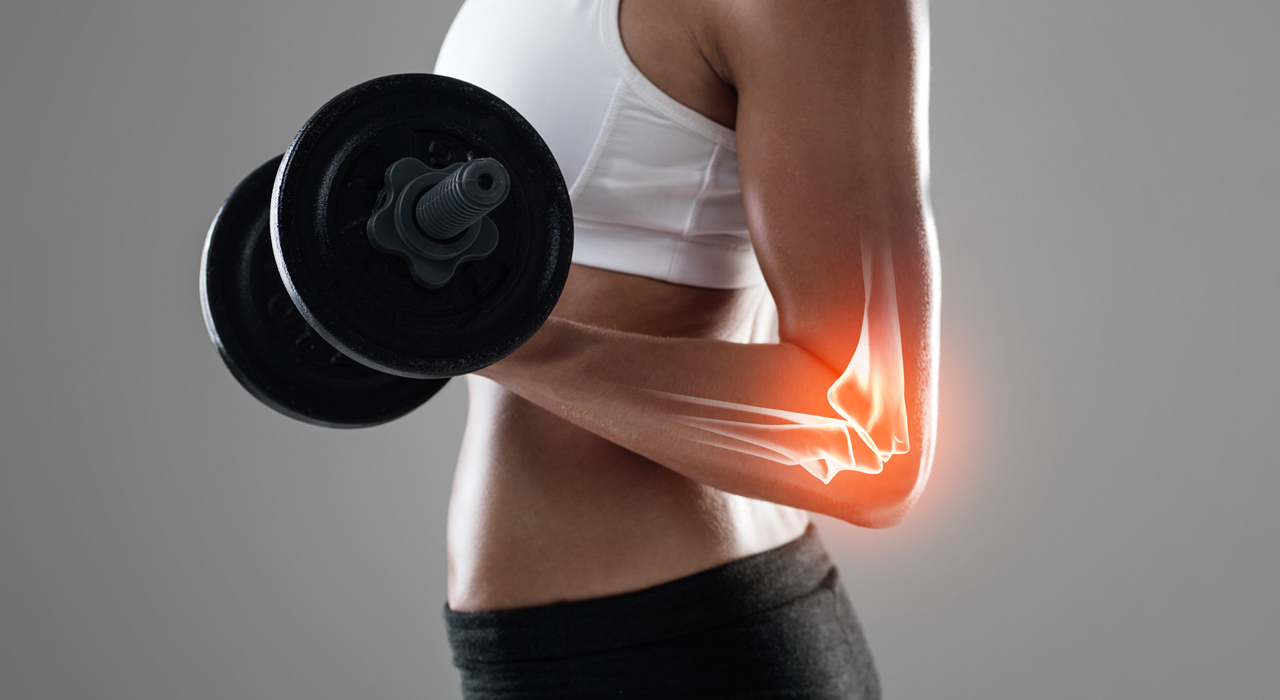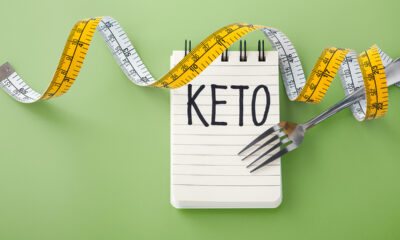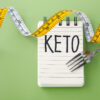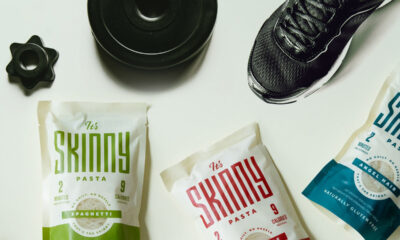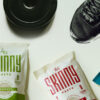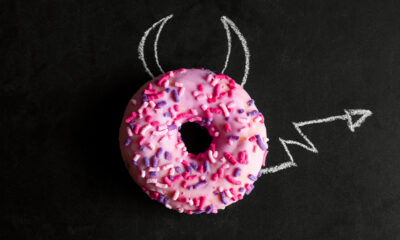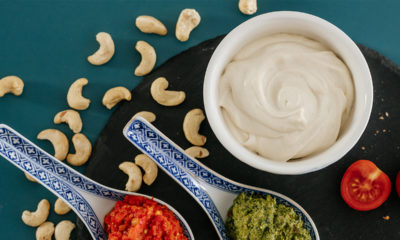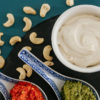Health
Weight Lifting and Your Bones
There are a lot of different things that may be on our mind when we grab our gym bag and head out the door… Do I have my water? Headphones? What playlist will I work out to? What will I train today? Do I look thinner? Stronger? How can I make more progress toward my goals? Did I remember to turn off the stove? While there are about a million different things that could be racing through your mind, one thing that probably is not crossing your mind is how you’re going to strengthen your bones. Typically we go to the gym with a goal of losing weight or body fat, building muscle, and improving endurance, but weight lifting has much more to offer us.
Aging takes its toll on our entire body and our bones are no exception. As we get older, our bones lose calcium and other minerals, causing decreased bones strength and density, and leading to increased risk for fractures and other injuries. Our bones can become so weak that even a minor fall or misstep off a curb could lead to a broken bone. Osteoporosis is when the body loses too much bone and becomes increasingly porous. Osteoporosis is common, but very serious, especially for older adults who are more likely to fall. It can be caused by another health condition, medications, poor nutritional intake, or simply old age. The most common bones to break are the spine, hips, and wrists; this can cause or significantly worsen pain and overall quality of life.
While some studies offer mixed findings, over the last ten years, there have been almost two dozen studies that have shown a direct link between resistance training and increased bone strength. It is well known that strength and power athletes have significantly better muscle mass and bone strength compared with the average person in the same age group. Research has been ongoing for decades. In fact, one study dating back to 1999 found that “high-intensity resistance training, in contrast to traditional pharmacological and nutritional approaches for improving bone health in older adults, has the added benefit of influencing multiple risk factors for osteoporosis”. When we lift weights, jump, or do anything that challenges our muscles, they push and pull on our bones, putting stress on them. This stimulates our bones to begin forming new cells in order to rebuild and repair themselves. The result is stronger, denser bones. Strength training also improves balance, helps manage weight, and can help reduce the symptoms of many chronic health conditions, all of which creates less stress on our bones and body overall.
High intensity resistance training may be what the studies recommend, but training like a power athlete isn’t a realistic lifestyle change for many people. Luckily, any type of resistance training provides just as much benefit. The possibilities for weight training are endless; you can choose from a wide variety of equipment like dumbbells, resistance bands, kettle bells, barbells, medicine balls, and weighted machines. Don’t have easy access to equipment? No problem. Body weight exercises, like push-ups, pull-ups, squats, and planks will work, too!
If you’re new to resistance training, remember to start slow. Before you get lifting, take 5-10 minutes to warm up and do some light stretching. Cold muscles are more prone to injury, so it’s important to make this a habit. You don’t need to load up the barbell with plate after plate or do a million reps to get in a good work out; technique and proper form trump everything, so take your time to learn this by doing your own research or work with a trainer or coach. Slowly increase your workout duration and intensity; listen to your body and stop anything that causes discomfort or pain. Always check with your primary healthcare provider before starting any new exercise regimen, especially if you are over the age of 40 or have a chronic health condition.


